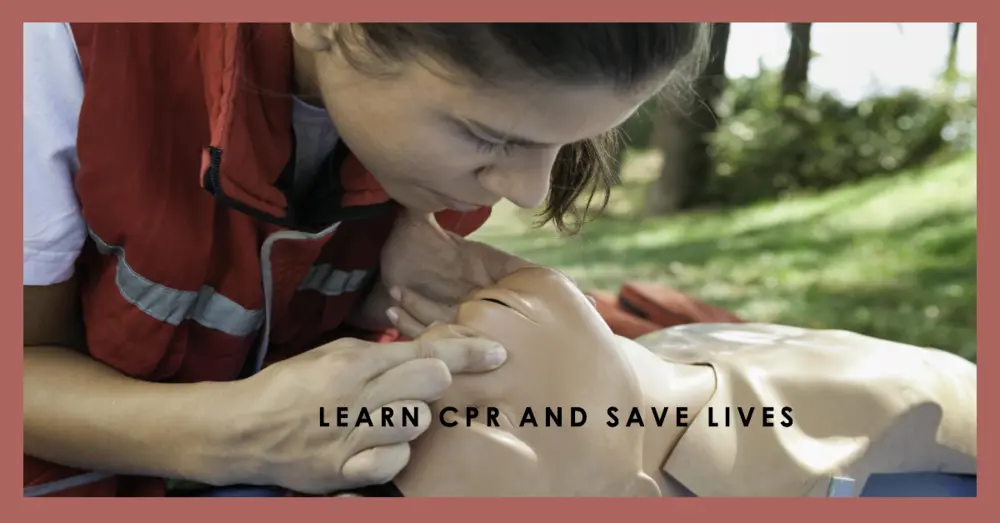How confident are you in your ability to respond to a life-threatening emergency? Intriguing, isn’t it? But the question on most lips would be, ‘Is there a way we can equip ourselves to face these daunting situations?’ The answer resounds loudly- ‘Yes!’ Enter CPR training, an underrated yet profoundly valuable process which equips us with life-saving skills and hones our confidence to face emergencies with aplomb. This blog post unravels the significance of CPR training, answering the ‘why’, ‘what’, ‘who’ and ‘when’ related to the process.
In acknowledging that, each person can become a life-saver, we delve into the realm of CPR training. The ability to perform Cardiopulmonary Resuscitation (CPR) has the power to turn a moment of panic and helplessness into one of swift action, where the saving of a life becomes a viable possibility. Has it piqued your curiosity?
Then, let’s take you through a comprehensive exploration of CPR training, its importance, who should undertake it, and even the surprising advantages and potential drawbacks it holds. Don’t worry, we are going to be with you every step of the journey, adding value to your understanding and leaving you better informed, inspired, and confident.
The Intricacies of CPR Training
Isn’t it fascinating how simple acronyms can stand for life-saving strategies? Here’s what the acronym CPR represents and what exactly it entails. The Cardiopulmonary Resuscitation (CPR) is a life-saving procedure performed during emergencies when a person’s breathing or heartbeat has stopped. Typically, the process involves chest compressions and artificial ventilation, serving as a manual override to our natural life processes during emergencies. But at its core, it’s all about timing, agility, precision, and confidence- qualities that are honed through proper training.
To be truly effective, CPR has to be carried out within the first few minutes of a cardiac arrest. Punctuality can significantly increase the patient’s chances of survival. As valuable as it is, one cannot underestimate the essential role of CPR training- it equips us to perform accurately, promptly, and confidently. So, let’s dive right into it- CPR training and its undeniable significance.
When questions of ‘Who is it for?’ and ‘What does it involve?’ come to mind, the answer is quite straightforward. Freely available to everyone, CPR training is a combination of theoretical and practical modules. Be it online or face-to-face, the training includes understanding the symptoms of a cardiac arrest, performing hands-on chest compressions, and using Automated External Defibrillators (AEDs). It’s not just about the heroic act of saving lives but also gaining the confidence and knowledge to do it accurately and timely.
The Notable Pros of CPR Training
Those who have undergone CPR training often profess the renewed confidence they have gained. But what else does CPR training offer?
The first and foremost advantage is the skill and the invaluable potential to save lives. Emergencies can occur anytime, anywhere, and the ability to administer effective CPR can make the difference between life and death.
Secondly, the training cultivates a sense of responsibility and a readiness to act during emergencies. It enhances general awareness about health and equips us to face such situations with grit and confidence.
Lastly, it opens doors to possible career avenues, such as first aid trainers, emergency responders, safety officers, and more. The list goes on, indicating that CPR training, while providing a valuable skillset, also paves the way for potential career shifts or advancements.
The Unseen Cons of CPR Training
Just like a coin has two sides, some argue there are hidden drawbacks of CPR training. If not performed correctly, CPR might result in potential injury. Moreover, there’s the emotional toll that could come with attempting to save a life and not succeeding. Training can also be time-consuming and incur a financial cost. However, it’s important to emphasize that the benefits undoubtedly outweigh these potential drawbacks.
Conclusion
So, are you ready to transform panic into power and insecurity into confidence? CPR training does far more than you might imagine. From equipping individuals with life-saving skills, boosting one’s confidence, to increasing awareness about general health, CPR training is, without doubt, a tool that empowers us. Despite the potential drawbacks, the fact remains— the abilities and self-assurance garnered from the process are priceless.
Rather than pondering ‘Why CPR training?’ perhaps the question should be ‘Why not?’ After all, isn’t the ability to save a life one of the most gratifying aspects of being human? Chisel your confidence, harness the knowledge, and more importantly, stand ready to make a difference. The heart of the matter is simple; when we take on CPR training, we are training for life.
Remember, in emergencies, confidence is key, and CPR training is your locksmith. So gear up, delve into the training, and carry the inward assurance that you can respond effectively to life-threatening scenarios. Remember, you’re not just saving a life, but you’re also saving someone’s world. Imagine the confidence that comes with such a realization!




